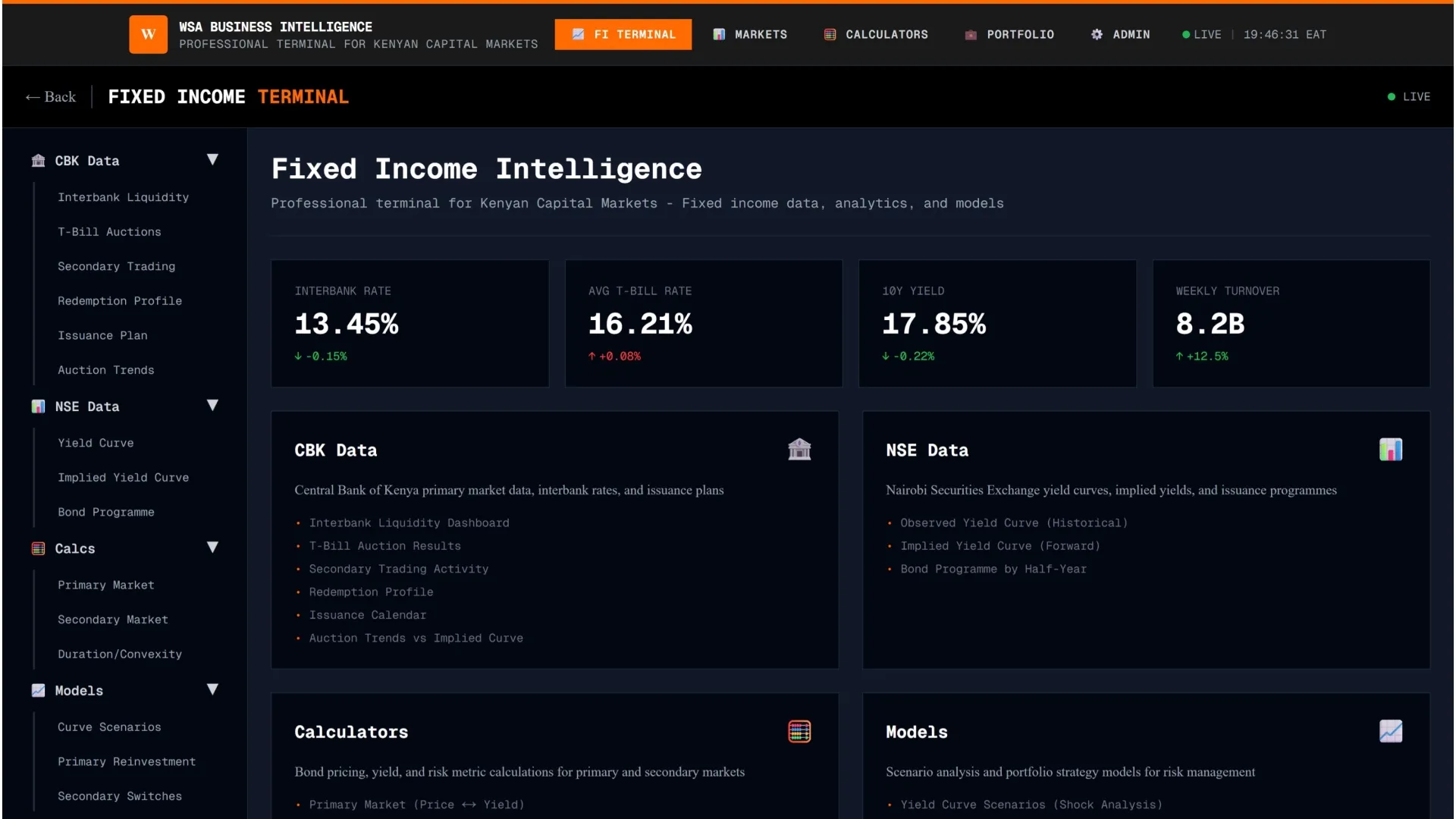Coffee futures in New York have recently soared to levels not seen since 1970s, driven by growing fears over crop production in leading coffee-producing nations.
- •Arabica futures have soared by over 70% this year, reaching their highest levels since 1977.
- •The price of premium arabica coffee variety, which is commonly used for specialty brews rose due to significant supply disruptions in key markets such as Brazil and Vietnam.
- •Robusta, often used in instant blends and considered a more affordable option, recently hit its highest price levels since the 1970s.
A contributing factor to the price spike is the brisk pace of exports, which could lead to dwindling stockpiles by the end of the current season according to a recent report by the US Department of Agriculture’s Foreign Agricultural Service. Across the supply chain, sellers are raising prices and cutting discounts to safeguard profit margins, with additional increases likely.
Severe weather has also exacerbated the situation in major coffee-growing regions. For example, Brazil, the world’s largest producer, has been hit by prolonged droughts, affecting tree yields and potentially lowering next season’s production. Vietnam, another major supplier, has also experienced adverse weather, further tightening global supply.
Uganda, the fifth-largest exporter, is facing its own challenges. Farmers in the East African country are grappling with security concerns on farms. According to Uganda Coffee Development Authority, farm-gate prices for robusta, commonly known as “Kiboko,” have surged by nearly 70%% since the beginning of the year, reaching a record 7,000 Ugandan shillings ($1.89) per kg.




